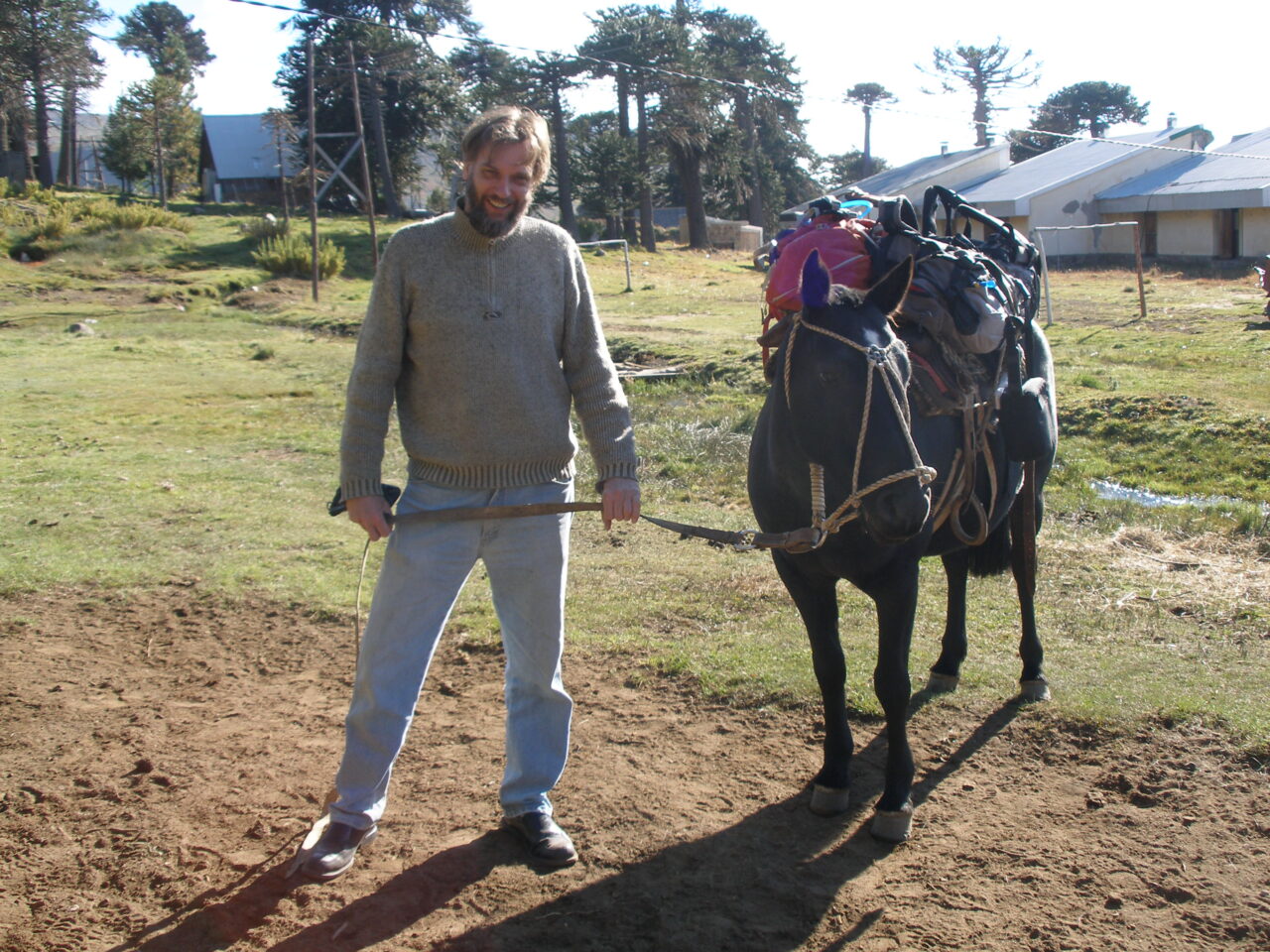Varekamp Gives Lecture on His Studies of Sea Level Rise

There are 600 million people globally and 80 million people in the United States living along coastal waters, and these people are endangered by sea level rise, resulting from climate change, according to Harold T. Stearns Professor of Earth Science, Emeritus, Johan Varekamp.
Global sea level is expected to rise between 10 to 12 inches by 2050, potentially as much as three to seven feet by 2100 if future carbon emissions into the atmosphere are not reduced, according to a National Ocean Service study published in 2022. Coastal flooding will become more common and more severe, and storm surge heights will increase and move further inland, the NOS study said.
Varekamp gave a lecture on the effects and severity of global sea level rise and his research on the topic during a cruise on the river, using the vessel ‘RiverQuest’ from the Connecticut River Museum in Essex on July 11.
In his lecture, he told his fellow river-goers about the two main causes of sea level rise—melting ice caps and the heating of the ocean’s water (with associated expansion). Much of the potential heating of the Earth at current atmospheric CO2 levels have not been realized yet, because heat is still sequestered in the cool, deep oceans, he said. Even if humans were to completely stop emitting carbon compounds immediately, there would still be a heating component “in the pipeline,” once the oceans reach thermal equilibrium and no longer absorb up to 90 percent of the current greenhouse heat.
“Up until now we’ve been completely unsuccessful in reducing our CO2 emission rate, and actually it’s getting worse every year despite every bi-annual Conference of Parties (COP) meeting,” Varekamp said.
In order to subdue warming and follow the Paris Climate Accord, global carbon emissions need to be reduced by about 7.6 percent per year, instead of the average annual 2.1 percent increases in emissions over the last half century, according to Varekamp’s blog.
His efforts studying sea level rise started by part serendipity, part curiosity. A geochemist by trade, Varekamp was studying mercury levels in the marshes of Guilford, Conn. in the 1980s, when Harold T. Stearns Professor of Integrative Science, Emerita, Ellen Thomas suggested they check out the nearby marshes in more detail, and especially microscopic fossils which can be used as sea-level proxies.
Through their work with Wesleyan E&ES undergraduate students in the marshes, the two soon developed a method of determining high-resolution records of sea level rise that showed decade-level data rather than the hundred-year brackets of time standard at that time, Varekamp said, and their method now has become globally the standard approach. After publishing several papers over the following decades, Varekamp has given many lectures on sea level rise to audiences of all sizes.
“When I started teaching this stuff in the 1980s, we always said in the future this is going to be a big problem,” Varekamp said. “Well, now in 2023, the problem is already here, which is sad to realize.” Our attempts up until now to slow climate change have been “too little and too late.”

